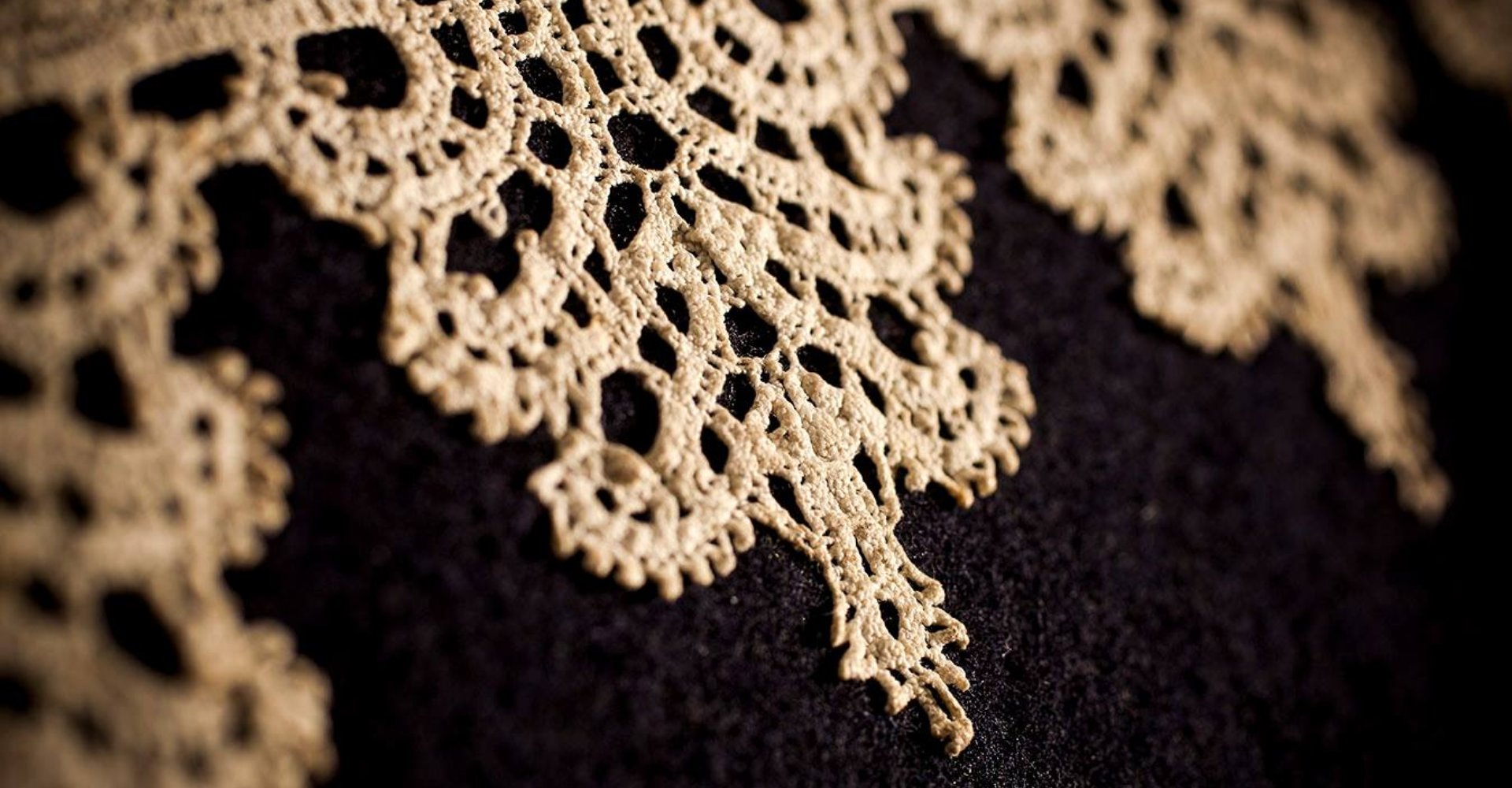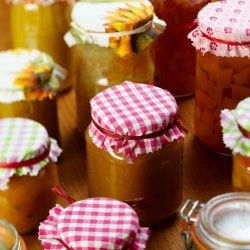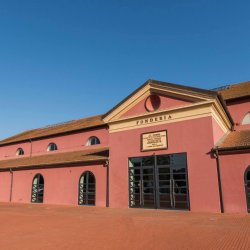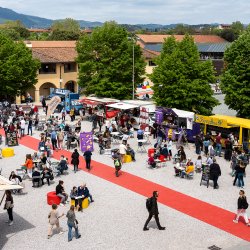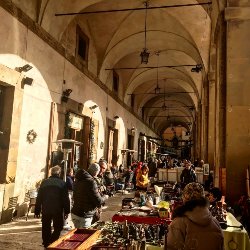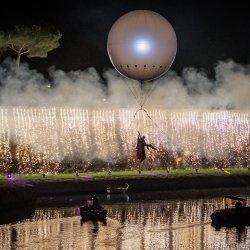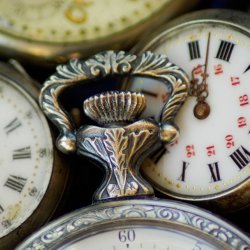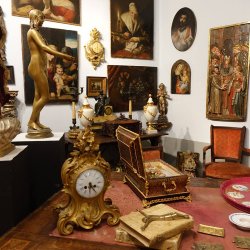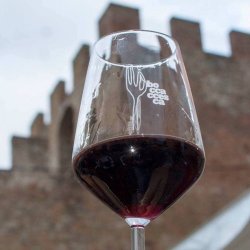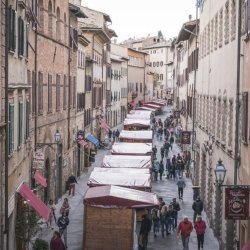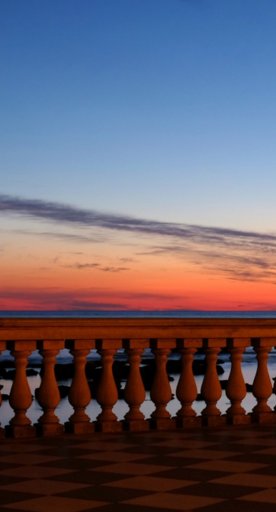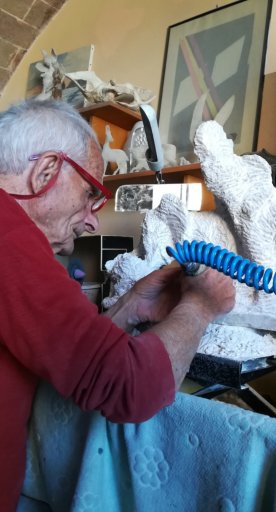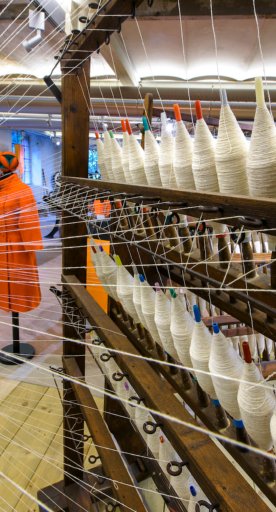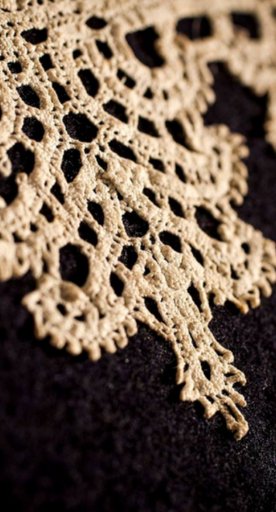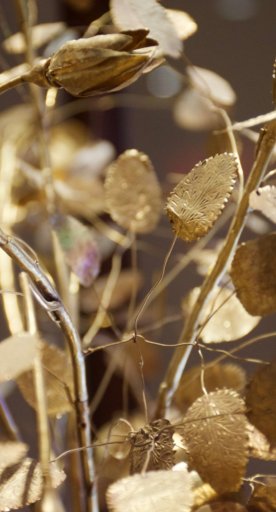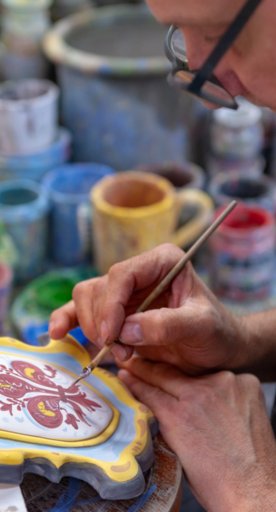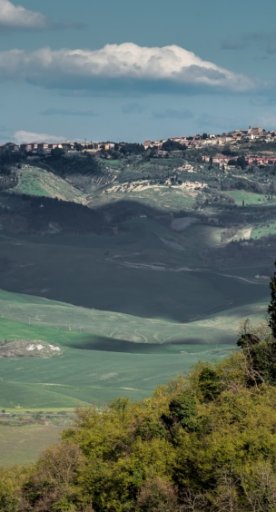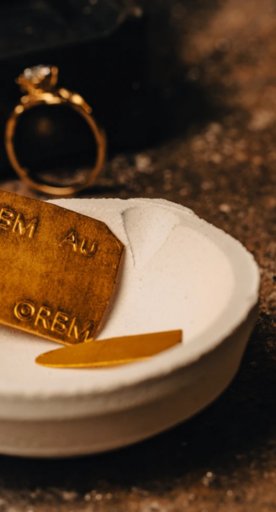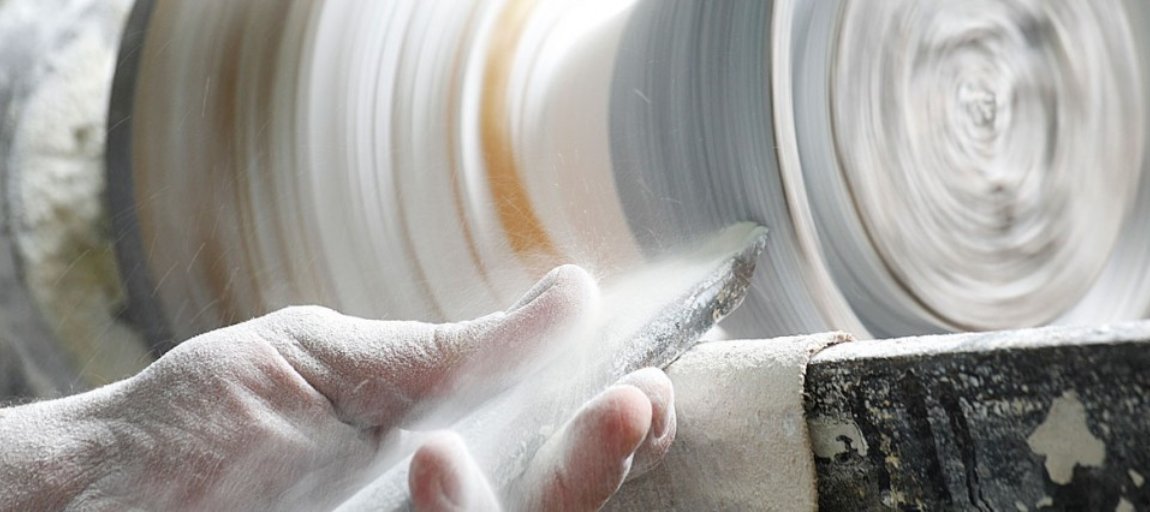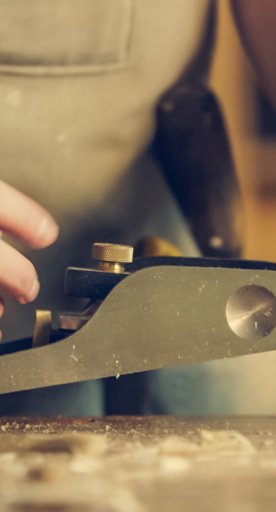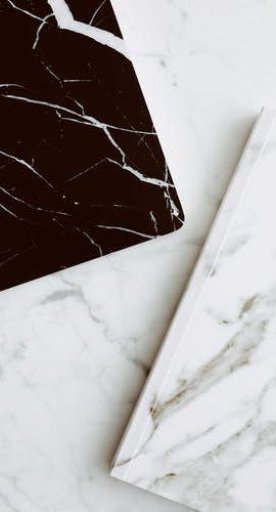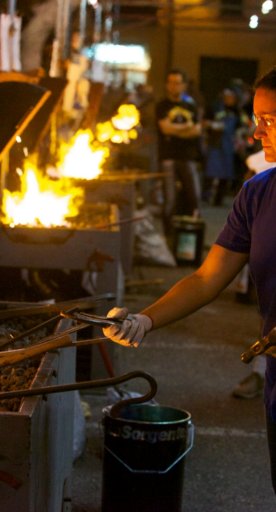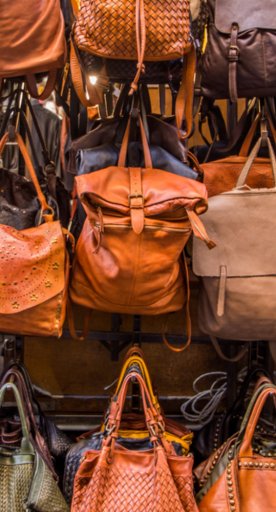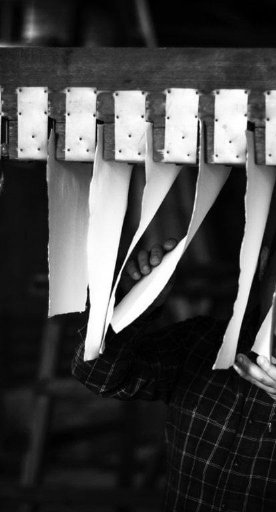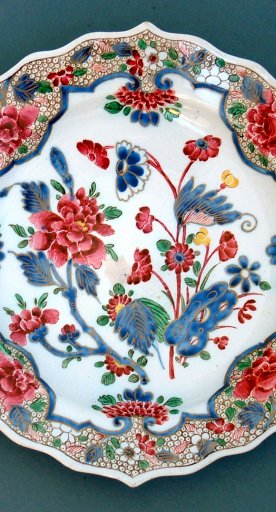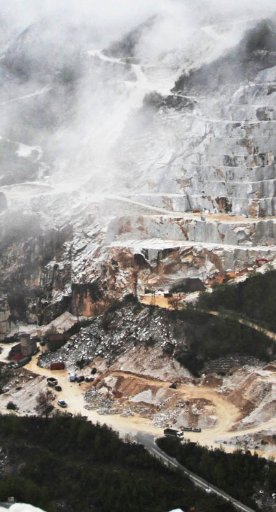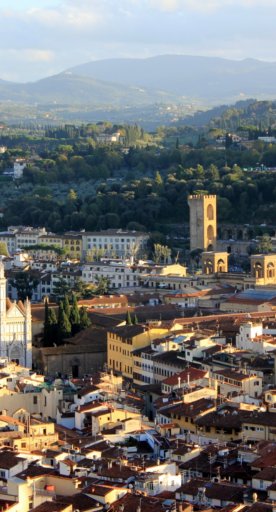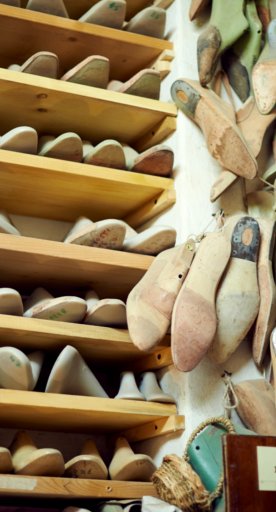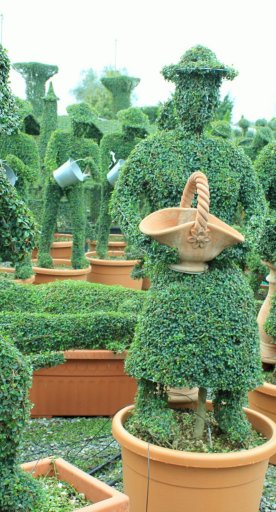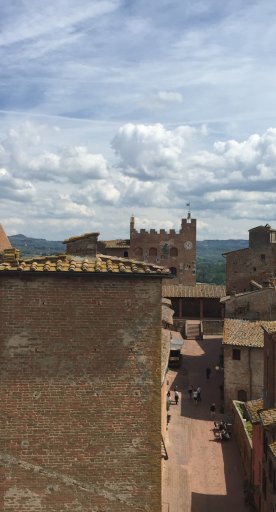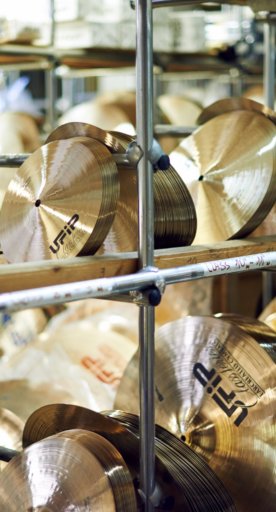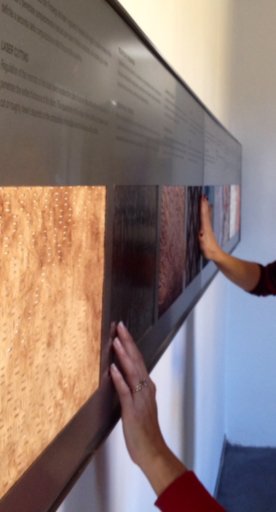Toscana fashion: 7 museums dedicated to fashion
Discover the Tuscan museums dedicated to fashion and big brands
If you love fashion Tuscany is the place for you, not only because you can shop for prestigious brands in the outlets or unearth unique pieces in the artisan workshops, but also because there are so many Tuscan museums dedicated to fashion and the great brands that have marked the history of Italian style.
-
1.Museum of Fashion and Costume
-
2.Gucci Museum
-
3.Salvatore Ferragamo Museum
-
4.Textile Museum
-
5.Cerratelli Foundation
-
6.UNOAERRE Museum
-
7.Museum of the Art of Wool
Museum of Fashion and Costume

In Florence, inside Pitti Palace, there is a museum dedicated to the history of Italian fashion: the Museum of Fashion and Costume. Here you can admire splendid collections of costumes and accessories, from the 18th century to the present day, totaling more than 6.000 pieces. Alongside true rarities - the funeral gowns of Cosimo I de' Medici and his wife or the stage dresses of Eleonora Duse - the museum preserves creations by famous Italian designers, such as Valentino and Armani.
Gucci Museum
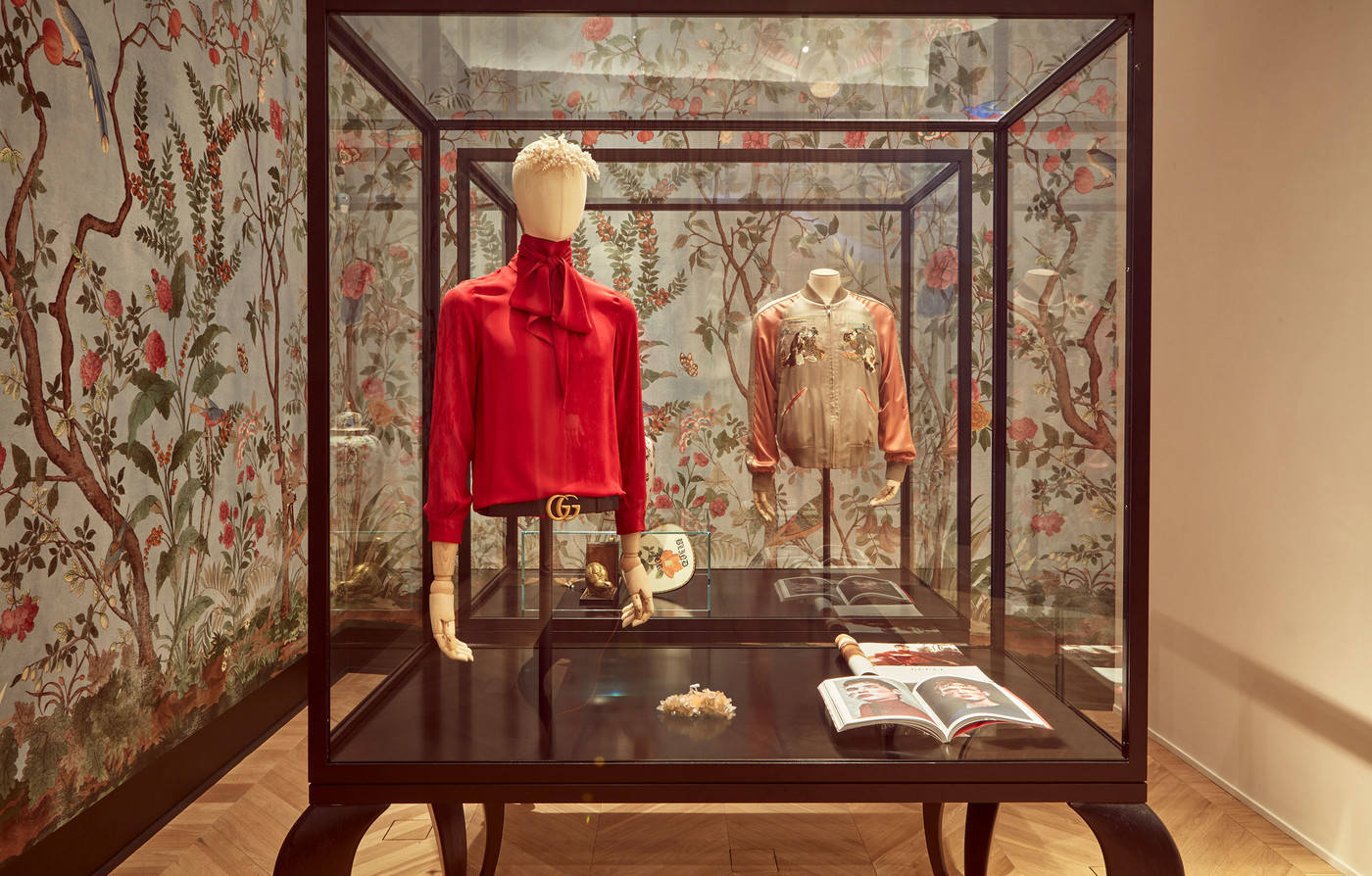
Let's stay in Florence, more precisely in Piazza della Signoria, where in the 14th-century Palazzo della Mercanzia you can visit the Gucci Museum, opened in 2011 on the occasion of the house's 90th anniversary. A multi-sensory exhibition space measuring almost 2 thousand square meters, better known as Gucci Garden, in which the history of the Florentine fashion house is retraced through its most famous and iconic creations: from travel accessories to handbags, from advertising campaigns to evening gowns worn by actresses such as Naomi Watts or Hilary Swank.
Salvatore Ferragamo Museum
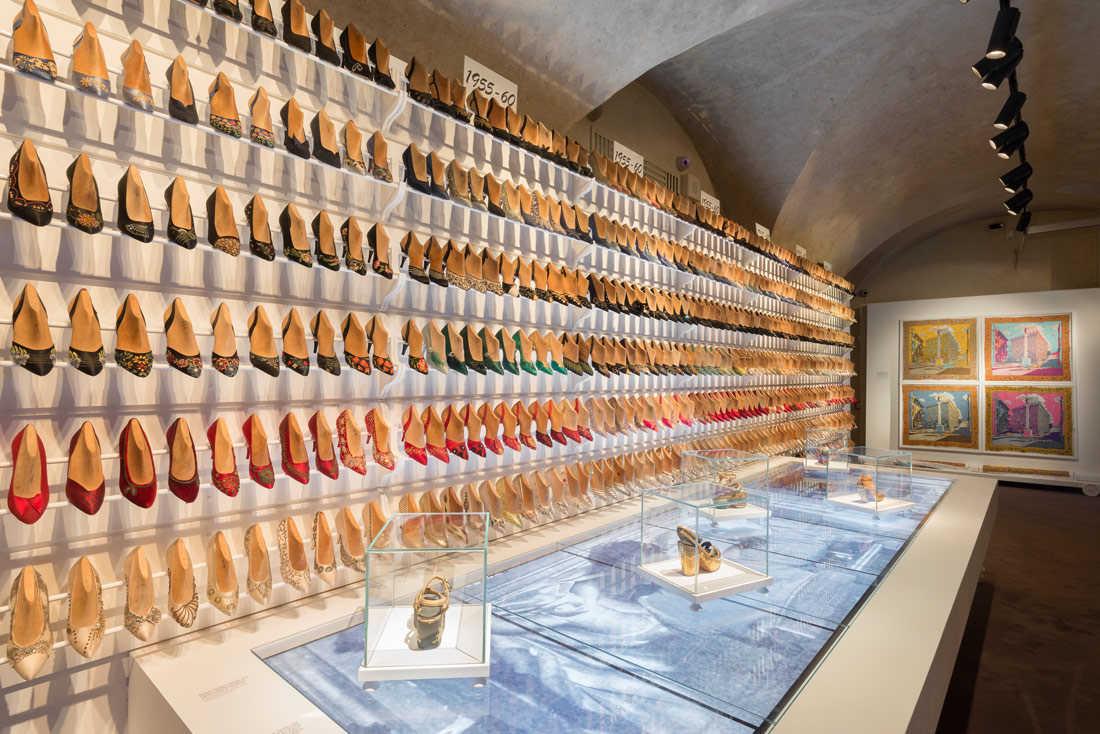
Another splendid Florentine building, the medieval Palazzo Spini Ferroni, is home to the Salvatore Ferragamo Museum, a company museum dedicated to the history of the shoemaker and designer and the fashion house he founded, in a unique combination of fashion, art and design. On display in rotation are the more than 10.000 shoe models from the permanent archives, such as the famous "cork wedge" patented in 1936 or the models created to measure for Hollywood divas: the stiletto-heeled pumps for Marylin Monroe, the soft-toe model for Greta Garbo and the very elegant ballet pumps for Audrey Hepburn.
Textile Museum
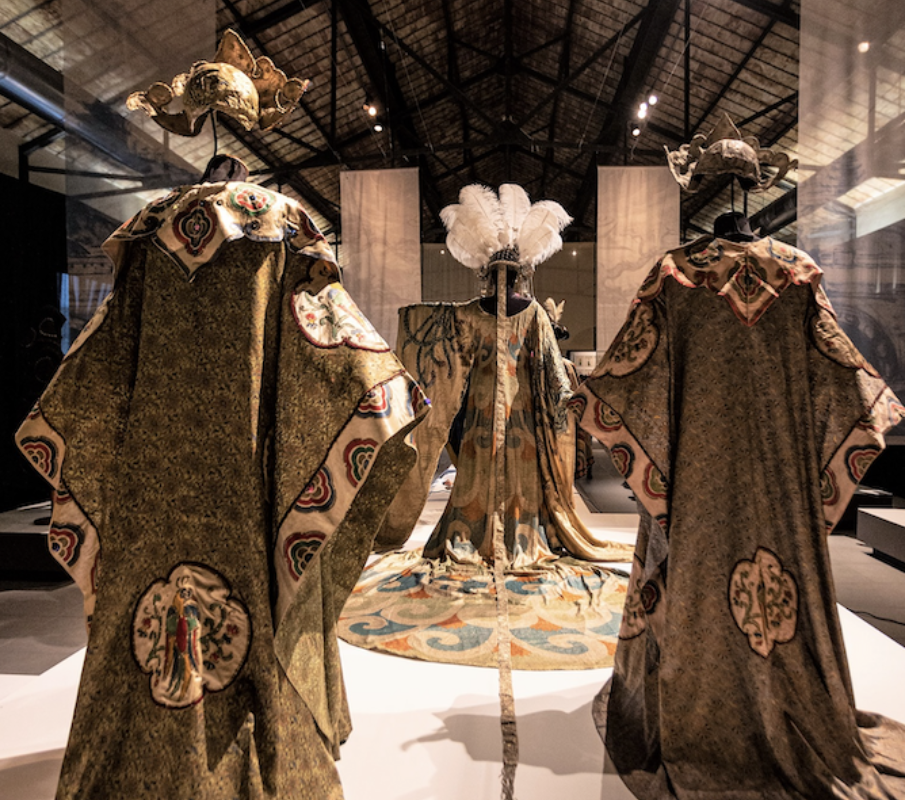
The Textile Museum in Prato is the city's tribute to its centuries-old textile tradition and one of the most important exhibition spaces in the world among those dedicated to textile art and tencology. On display are ancient textiles, such as pre-Columbian fragments from Peru, as well as creations by artists such as Henry Moore and Giò Ponti. The collection includes beautiful ethnic textiles from around the world, from India to China, from Japan to Indonesia. The building itself that houses the museum is exceptional: the 19th-century "Cimatoria Campolmi," one of the oldest factories in the area.
Cerratelli Foundation
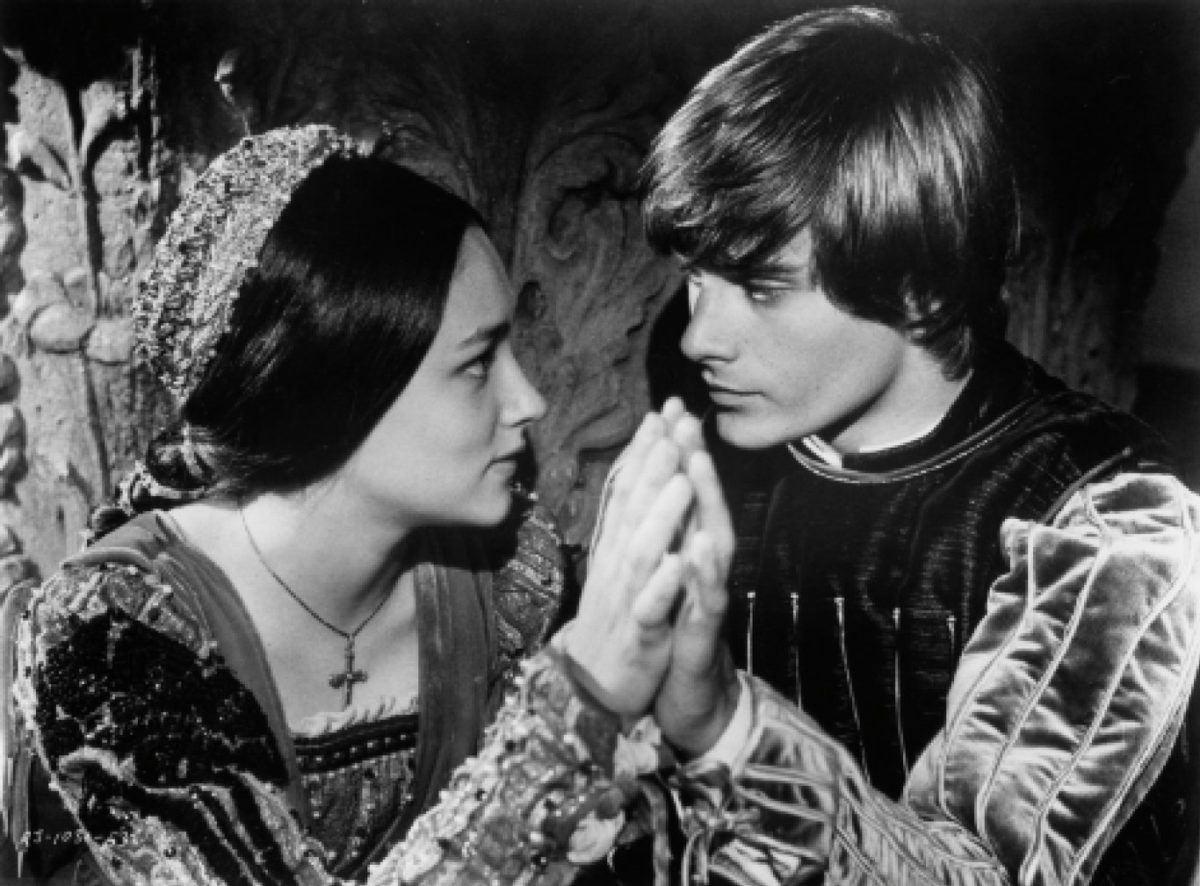
In San Giuliano Terme, in the halls of Villa Roncioni, the Cerratelli Foundation showcases an impressive collection of theatrical and film costumes, 30.000 dresses that trace the history of stage costume in Italy. Here you can admire, among others, the stage costumes from some of Zeffirelli's cinematic masterpieces, including those from "Romeo and Juliet" that earned Danilo Donati an Academy Award, and the clothes from James Ivory's "Room with a View."
UNOAERRE Museum
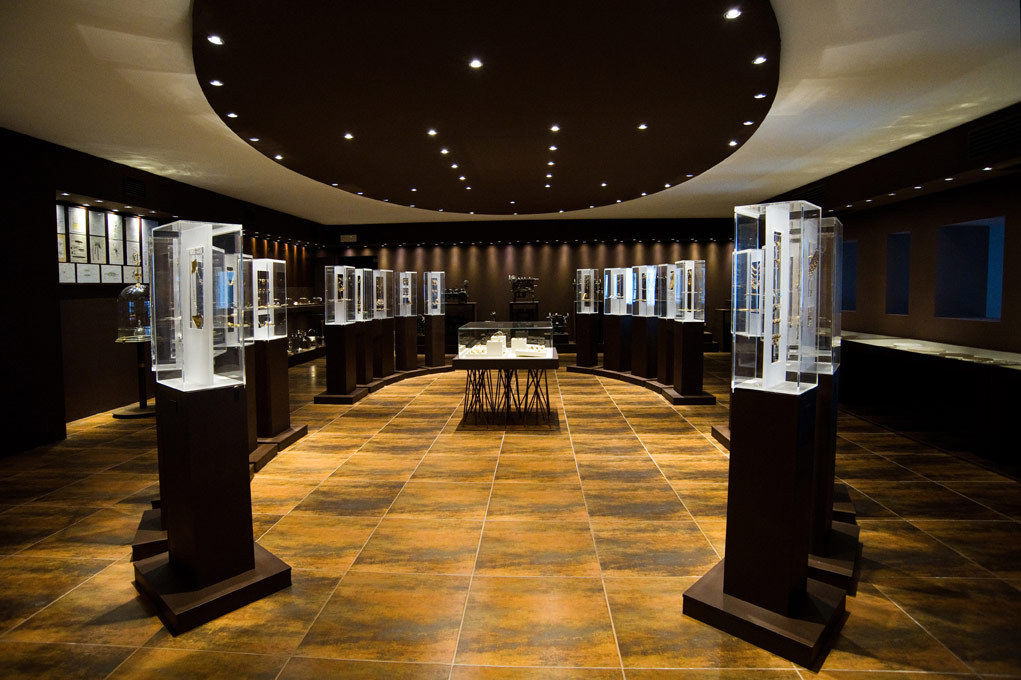
Gori & Zucchi's company museum in Arezzo is the first in Italy entirely dedicated to jewelery and was created to preserve the historical memory of this ancient art. The permanent collection has more than 2.000 objects from the last century, an expression of different historical and social moments; the exhibition also includes old machinery and a whole series of original goldsmith drawings and designs.
Museum of the Art of Wool
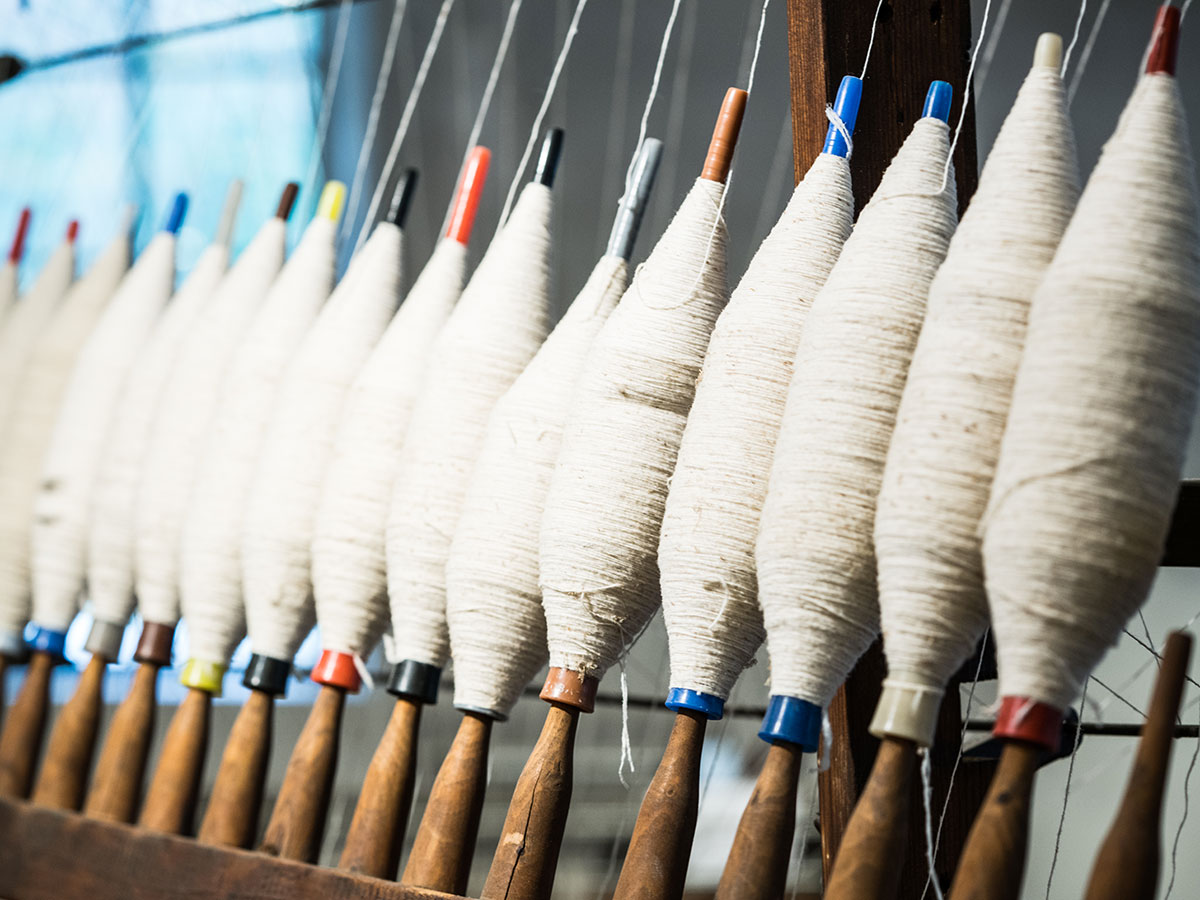
The Museum of the Art of Wool is located in the small village of Stia, in Casentino. The museum is housed in the old Wool Factory complex, an example of industrial archeology that has been restored and is now a center for the dissemination of textile culture and of the territory. The exhibition includes period photos, fabric samples, objects related to the activity of the old wool factory, and a section dedicated to typical Casentino Cloth.
